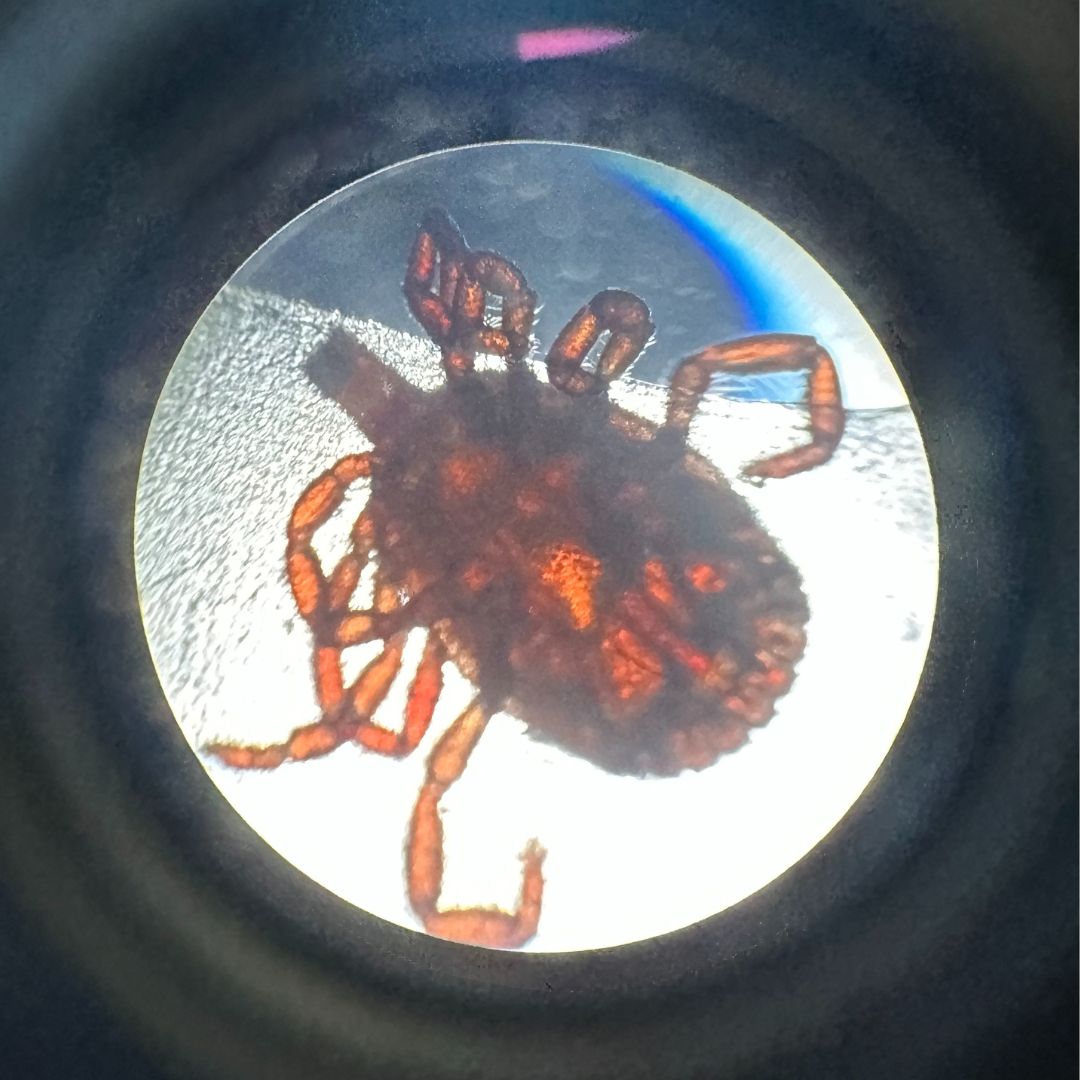
It’s Tick Season! Your Guide to Staying Safe and Healthy
With summer approaching, tick season is in full swing. These tiny, blood-sucking insects can be found in wooded areas, tall grasses, and even in your own backyard. Unfortunately, ticks can carry dangerous diseases that can impact your health and well-being.
In this blog, we’ll discuss everything you need to know about ticks and how to avoid them. We’ll cover how to prevent tick bites, what to do if you find a tick on your skin, and when to seek medical attention.
Understanding Tick Bites and Tick Borne Diseases
Ticks are known for transmitting diseases, including Lyme disease, Rocky Mountain spotted fever, and others. It’s important to understand the symptoms of these diseases and how to prevent them.
Symptoms of Lyme disease can include a bullseye rash, fatigue, joint pain, and flu-like symptoms. Rocky Mountain spotted fever can cause a fever, headache, muscle pain, and rash. Other tick-borne diseases can cause a range of symptoms, from mild to severe.
Prevention is Key
To avoid tick bites, always wear protective clothing, such as long-sleeved shirts and pants. When spending time outside, use insect repellent on exposed skin and clothing.
Be sure to check for ticks on your skin and clothing frequently, especially after spending time in wooded areas or tall grasses. Showering within two hours of being outdoors can also help wash away any ticks that may be on your skin.
Proper Tick Removal
If you do find a tick on your skin, it’s important to remove it properly. Use tweezers to grasp the tick as close to the skin’s surface as possible and pull upward with steady, even pressure. Avoid twisting or jerking the tick, as this can cause its mouthparts to break off and remain in the skin.
After removing the tick, clean the bite area with rubbing alcohol or soap and water. Monitor the bite site for any signs of infection, such as redness or swelling.
When to Seek Medical Attention
If you experience any symptoms of tick-borne diseases or develop a rash or fever after being bitten by a tick, contact The Dermatology Clinic attention immediately. Early treatment with antibiotics is crucial in preventing more severe complications.
Additionally, if you were in an area where Lyme disease regularly occurs and were bitten by a tick, it’s recommended to receive antibiotic prophylaxis to prevent infection.
With a few preventative measures and proper tick removal techniques, you can help reduce your risk of tick-borne diseases. When spending time outdoors this summer, remember to wear protective clothing, use insect repellent, and frequently check for ticks. If you do find a tick, remove it properly and monitor the bite site for any signs of infection or disease. With a little bit of knowledge and precaution, you can enjoy the great outdoors without worry. Stay safe and healthy this tick season!
